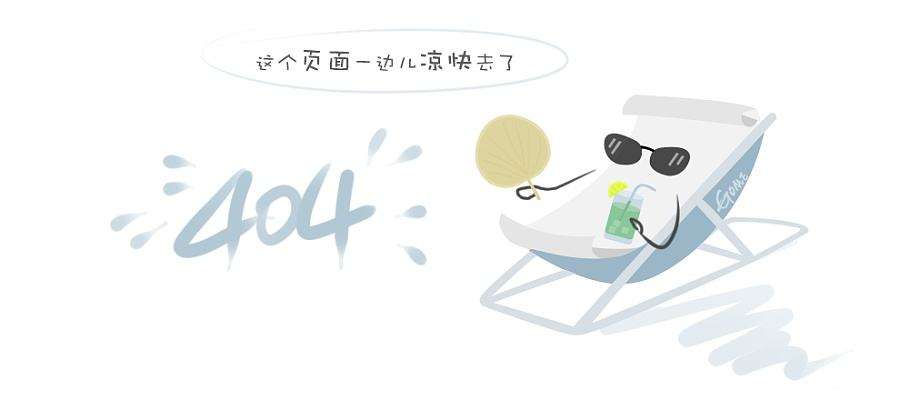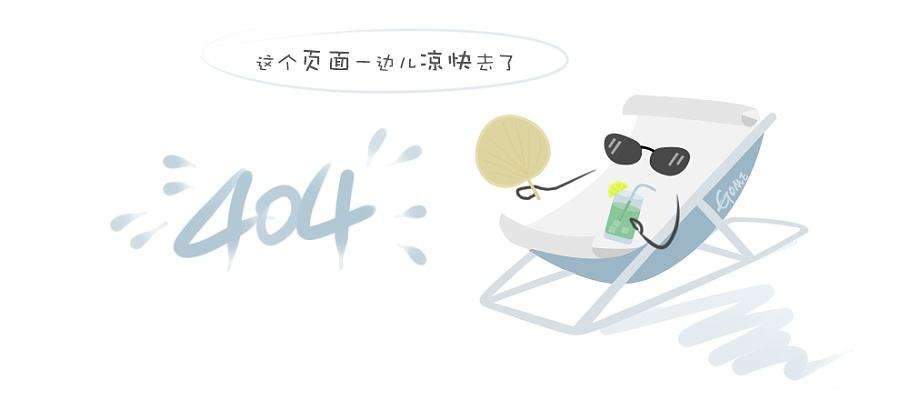i. introduction:
it is well-known that during the manufacture of a paper with pulp a certain amount of production loss and processing broke are required to be treated; the paper mills need to treat a certain amount of commercial waste papers in order to cover the shortage of raw materials or to reduce the production cost; the pretreatment of various kinds of chemical pulps, semi-chemical pulps and chemi-mechanical pulps is required, and so on. all these processes have two common problems – dissociation and grit dredging of the pulp. it has been found that the successful resolving of these two problems is very important to improve the quality of the products, reduce various consumptions and ensure the smooth paper manufacturing.
the chinese patented product – lc series total dissociation grit dredger developed and manufactured by zhucheng zhuanli paper-making machinery factory can be used to efficiently resolve the above two problems at the same time.
ii. working principle:
the basic working principle of the total dissociation grit dredger is as follows: firstly, the high-speed rotation of a rotor is used to provide the pulp with strong centrifugal force, the completely inelastic collision takes place at high speed, along the tangential direction of the rotor, between the pulp and the teeth of the stator (which keeps a certain distance from the rotor) under the function of centrifugal force, in order to efficiently convert the mechanical energy into the internal energy which destructs the bonding force among fibers and swells up the fibers at the same time; secondly, the water power shearing caused by the difference between velocities of the fiber group which collides with the stator tooth (the circumferential linear velocity is zero) and the fiber group which doesn’t collide with the tooth (the circumferential linear velocity is very high), the friction function between fibers, and the tearing and friction functions on the fibers between the rotor tooth top and stator tooth top are used to deflake the big fiber bundles in pulp. it changes the mode of action of the traditional deflaker which focuses on the water power and mechanical shearing and the mode of action of the traditional pulp refiner which focuses on the mechanical friction, and thus considerably improves the pulp treatment efficiency of the machine and its selectivity of thick and big fiber bundles. what’s more, this machine uses the centrifugal force to deflake the fiber bundles and swell up the fiber, which is consistent with this mode of action of grit dredging of pulp with the centrifugal force. the mode of action makes the machine complete the efficient grit dredging process of pulp with the minimal energy.
iii. structure and features
the machine mainly consists of high-concentration grit dredging system, dissociation system and motor drive system.
the pulp enters into the grit dredging system of the machine, and since its structure is particular, the dredging efficiency of fine grit in the pulp which its concentration is no greater than 5% can increase up to 80% or more.
the pulp after grit dredged enters into the dissociation zone. in this zone, the more massive fiber bundles in pulp are selectively subjected to the function of strong centrifugal force and impact wave from the rotor which keeps a certain gap with the stator and then dissociated to a single fiber. therefore:
1. it ensures the total dissociation of fiber bundles in pulp;
2. it ensures the basically-unchanged average length of fiber of virgin pulp;
3. it makes the fiber itself produce the swell-up function, and compensates the loss of bonding strength between fibers in waste paper, which is caused by the irreversible cutinization function formed during drying, while treating the waste paper and on condition that the pulp drainability isn’t reduced;
4. the waste stuff after treated with this machine is free from the treatment conducted with any pulping machine and is directly used to manufacture paper;
5. since it has good recoverability of waste paper pulp, this greatly reduces the fluctuation range of product quality and pulp runnability, which is caused by uneven addition of converted pulp;
6. since its selectivity function of fiber bundles in pulp is very strong, it can be used to solve the strip-shaped semi-transparent problem caused by the brushing function of thick and big fiber bundles on the wire side when the chemical straw pulp treated with this machine is used to make paper with a cylinder machine;
7. with its low requirement on the pulp inflow pressure (2-3m water column) and relative high pulp outflow pressure (5-7m water column), this machine can be directly connected in series to other devices to reduce the pulp pump configuration;
8. the hard blocks and fine grit particles which result in serious damage of the rotor and stator difficultly enter into the dissociation zone, which thus ensures that the stator and rotor have no abnormal wear;
9. it has high efficiency of dissociation and contraries/impurities removal, with electricity consumption of about 30kwh/ton;
10. it is suitable for various pulps, and ensures the minimal pulp drainability in precondition of pulp dissociation and swell-up;
11. it features compact structure, multiple functions in one machine, easy-to-operate, labour-saving, and only 1/3 of floor area of the horizontal type machine;
12. it equips with production flow of lc series machine, and its whole process features minimal fiber loss rate, low electricity and coal consumption, and minimal equipment investment cost.
iv. application:
1. suitable for treatment of dry broke generated during the paper-making and subsequential sections;
2. suitable for treatment of commercial waste paper, especially the deinking treatment of the waste paper with printing ink, which facilitates the separation and refining of the ink particles in fiber;
3. suitable for the dissociation and contraries/impurities removal during manufacturing the corrugated board and other paper boards;
4. suitable for the deflaking and contraries/impurities removal from various kinds of semi-chemical pulps and chemi-mechanical pulps;
5. suitable for treatment of various kinds of chemical straw pulps;
6. suitable for treatment of various kinds of residuals from the pulp screening machine;
7. suitable for pretreatment of various pulps before flowing into the pulp refiner units.
v. substitution function
1. substitute various kinds of deflakers;
2. substitute various beaters, such as double-disc refiner and etc., or reduce the number of equipment while treating different kinds of chemical pulps, semi-chemical pulps and chemi-mechanical pulps;
3. substitute all high-concentration grit dredgers.
vi. main technical parameters
|
model |
inlet×outlet (mm) |
productivity (bone dry ton/day) |
concentration (%) |
inlet pressure (m water column) |
outlet pressure (m water column) |
power (kw) |
|
|
3-order |
4-order |
||||||
|
lc-5.5 |
65×50 |
5 |
3 |
2-5 |
2-3 |
6-8 |
5.5 |
|
lc-7.5 |
65×50 |
7 |
4 |
2-5 |
2-3 |
6-8 |
7.5 |
|
lc-11 |
80×65 |
10 |
6 |
2-5 |
2-3 |
6-8 |
11 |
|
lc-15 |
88×65 |
14 |
8 |
2-5 |
2-3 |
6-8 |
15 |
|
lc-22 |
100×80 |
21 |
11 |
2-5 |
2-3 |
6-8 |
22 |
|
lc-30 |
100×80 |
28 |
15 |
2-5 |
2-3 |
6-8 |
30 |
|
lc-37 |
130×100 |
35 |
19 |
2-5 |
2-3 |
6-8 |
37 |
|
lc-45 |
150×125 |
41 |
23 |
2-5 |
2-3 |
6-8 |
45 |
|
lc-55 |
150×125 |
50 |
28 |
2-5 |
2-3 |
6-8 |
55 |
|
lc-75 |
150×125 |
65 |
38 |
2-5 |
2-3 |
6-8 |
75 |
|
lc-90 |
150×125 |
80 |
45 |
2-5 |
2-3 |
6-8 |
90 |
|
lc-110 |
150×125 |
100 |
55 |
2-5 |
2-3 |
6-8 |
110 |
|
lc-132 |
200×150 |
120 |
65 |
2-5 |
2-3 |
6-8 |
132 |

